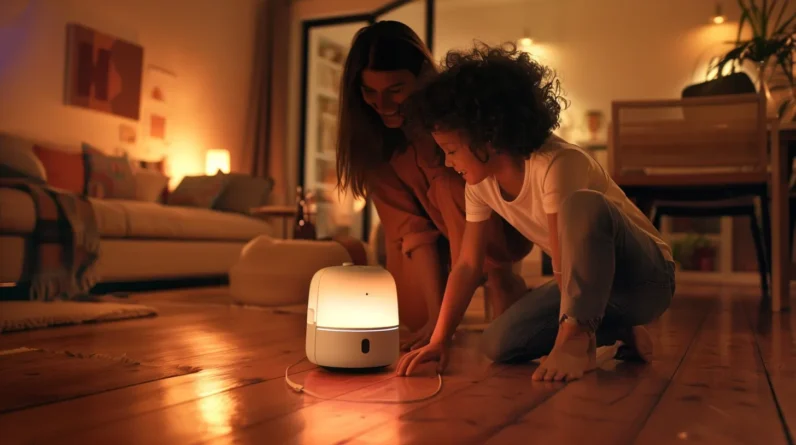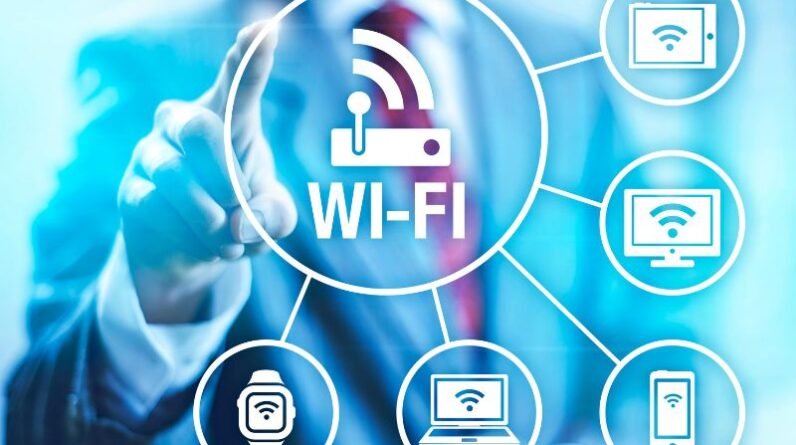
The Future of Smart Home Technology
The smart home industry is on the cusp of a revolution. Increasing consumer awareness and understanding of smart home devices, along with new energy standards, have sparked growth.
But how do these technologies fit in the context of the home? This calls for a deep understanding of users’ domestic environments.
1. Artificial Intelligence
Artificial intelligence (AI) is an important part of the future of smart home technology. It can connect many different devices over the Internet, improve processing and learning capabilities, and anticipate human behavior.
AI can also automate processes and tasks that previously required humans to perform. This can help businesses and organizations to save time, money, and resources while improving customer experiences.
There are several types of AI, including natural language processing, machine learning, and deep learning. Each type has its own strengths and weaknesses.
Natural language processing is the ability for machines to read and interpret human language. This can include recognizing words, predicting what a word means, and translating it into computer commands.
Machine learning is a more advanced form of AI that teaches itself by finding patterns and regularities in data. It can then learn how to make decisions and recommend products based on that information.
Another important aspect of AI is its ability to integrate with existing business systems. This can be a difficult process for some companies, and requires a careful strategy to ensure that current programs are compatible with AI requirements and that AI integration does not impact current output negatively.
However, many organizations have successfully implemented AI and incorporated it into their business models. This can be a valuable tool in driving revenue growth and enhancing employee productivity.
The key to using AI is starting small and building up from there. Once you have a basic understanding of the technology, you can begin to build more sophisticated applications that can help your organization succeed.
This can include things like automating sales and marketing processes, improving user experience, and making recommendations based on a person’s preferences. Ultimately, AI can improve productivity and reduce costs, which is why it is becoming so popular in the enterprise world.
There are a few key factors that will drive AI in the future, including affordable computing power, commodity compute capacity, and cloud computing. These will make it easier for businesses to incorporate AI into their systems. This will also allow AI to learn and make sense of data on a scale that would otherwise be beyond the abilities of humans.
2. Ambient Computing
Ambient computing is the next step in smart home technology and will transform how we interact with our devices. It will allow computers to learn more about their environment and how they interact with people. This will allow the smart home to run itself based on users’ preferences, weather conditions and even their schedules.
For example, an ambient smart thermostat that uses motion sensors to detect when you’re away from home can turn the heating down or off based on your preferences and the time of day. This can save you money on energy bills and help you avoid costly energy spikes at times of high demand or peak use.
Another example of ambient computing is wearable technology that continuously monitors your health and captures data on how you’re feeling, helping to alert doctors and caregivers to any changes in your health. This data can be shared with healthcare providers and used to help diagnose and treat disease such as diabetes or heart problems.
However, many people are concerned about how this kind of technology will affect their privacy. This is especially true when the devices are in their homes and they have access to their private information, such as where they live or who they share the home with.
One of the most popular use cases for ambient computing is voice-activated technology, such as the Amazon Echo and Alexa speakers. These devices can communicate with other devices and the internet via the voice interface. These devices also can respond to commands from the user by sending messages, recording data or providing assistance to the user.
In addition to the consumer side of this technology, businesses can benefit from ambient computing as well. Companies can leverage this technology to reduce costs, improve employee productivity and offer more engaging customer experiences.
There are a few concerns about this type of technology, but they can be mitigated by following the basic security guidelines that should be in place for all new devices and software. For instance, it’s essential to ensure that cameras don’t take pictures without the owner’s permission, that microphones only use when they’re needed and that cloud data is disposed of appropriately.
3. Robotics
Robotics is also quickly becoming a major part of the smart home experience. Robotic vacuums and mops are becoming increasingly popular, and robotic lawn mowers are becoming more common. There are even robots that can help with tasks like taking out the trash or doing the dishes.
Robotics can also be used to automate other parts of the home, such as monitoring energy usage, adjusting the temperature, and controlling the security system. Smart home robotics can make our lives easier, and help us save time and money.
Robotics is quickly becoming a major part of our lives, and its potential is almost limitless. As technology advances, robots will continue to become more powerful, more efficient, and more accessible. The possibilities for robotics are endless, and the future of robotics is sure to bring exciting and innovative developments.
4. Smart Homes for Everyone
A smart home is a house that is connected to the internet and can be controlled remotely from a smartphone. It is designed to be convenient, safe, and energy-efficient.
Currently, there are many types of smart home products on the market, including appliances, lighting, security systems, and more. These devices use a central hub to communicate with your smartphone, tablet, or other device.
For example, a smart light bulb can be programmed to automatically turn on or off when you arrive at your house or when it gets dark. It can also be turned on by voice command or by motion sensor.
Other examples include video cameras that can track motion in real time and allow you to see what’s going on at your home when you’re away. These cameras can also be programmed to send alerts when someone approaches your property, so you can make sure you’re safe when you’re out.
5. Smart Energy
Energy is the fuel that drives lights, appliances and cars, and it’s also the backbone of many home and business systems. Smart energy management can make this process more efficient and reduce the carbon footprint of homes by replacing traditional electricity generation with clean, renewable energy sources.
Today’s smart homes use technology to control lighting, thermostats and other devices that help lower energy costs. Smart appliances and solar panels can also be installed in a home to capture, store and generate energy. Personal roof gardens, hydroponic herb gardens and toilets that convert waste into energy are some of the innovations that could be part of a sustainable home in the future.
These systems use data to monitor and control energy consumption and generate more energy on demand, reducing the need for a home’s electricity supply to be purchased from a utility. They can also be used to balance energy loads on the grid.
One of the biggest challenges in using smart energy technology is creating a system that works well in all weather conditions. To address this, the smart home industry is working to develop technologies that can withstand blackouts and can be powered from alternative sources in the event of an outage.
Smart homes can work together to generate their own electricity through a combination of solar panels, battery storage and a smart grid. This creates a net zero home, where the energy from the grid is offset by solar or battery power generated by a homeowner.
Conclusion
The future of the smart home industry is bright. With the right combination of technology, design, and user experience, companies can create revolutionary products that will make the home more efficient, secure, and comfortable. By focusing on customer needs, smart home technology will continue to develop, providing users with an ever-improving experience.







